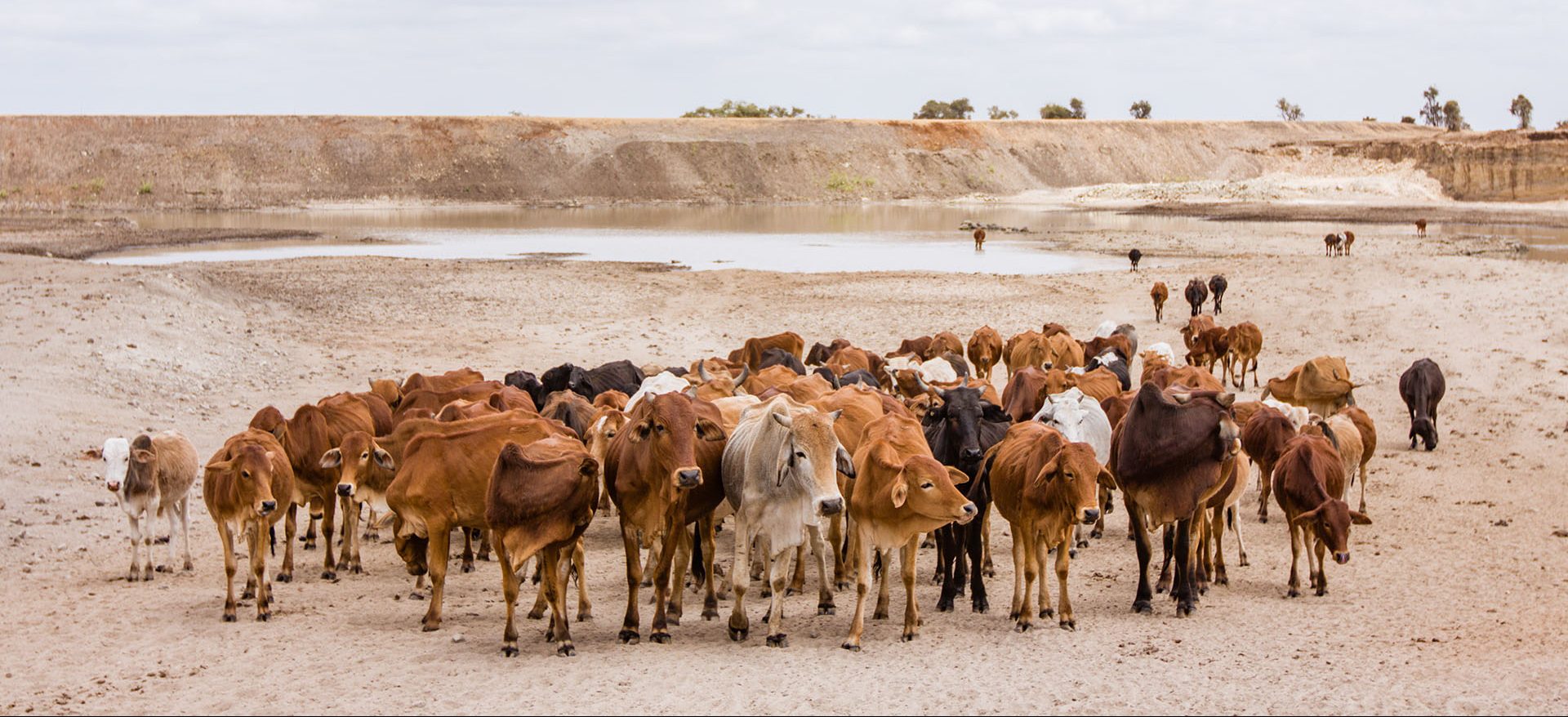
Milk Pioneers
New Research Finds Ancient East African Herders Consumed Milk 5K Years Ago
When you pour a bowl of cereal, you probably aren’t considering how humans came to enjoy milk in the first place.
But this question is essential to the work of anthropology professor Katherine Grillo, who studies pastoralism — the organizing of society around the herding of livestock — in east Africa. The consumption of animal milk was essential to life for these societies.
In a paper published in PNAS, Grillo and her fellow researchers present evidence that finally uncovers the consumption habits of these ancient herders in what is now Kenya and Tanzania and sheds a light on human evolution.
After excavating pottery at sites found throughout east Africa, Grillo and the team analyzed organic lipid residues left in the pottery and were able to see evidence of milk, meat and plant processing. “(This is) the first direct evidence we’ve ever had for milk or plant processing by ancient pastoralist societies in eastern Africa,” Grillo said.
The discovery of milk in this pottery was particularly exciting for the team.
“One of the reasons pastoralism has been so successful around the world is that humans have developed lactase persistence — the ability to digest milk due to the presence of specific alleles,” Grillo said.
Notably, in east Africa there are distinctive genetic bases for lactase persistence that are different from what you see in other parts of the world. Geneticists believed that this ability to digest milk in northeast Africa evolved around five thousand years ago, but archaeologists knew little about the archaeological contexts in which that evolution took place.
By combining lipid residue analyses with what we know from genetics and from archaeology, we can now begin to think about how and why lactase persistence developed in this part of the world.
The development of pastoralism in Africa is unique as well, where herding societies developed in areas that often can’t support agriculture that might provide supplementary nutrition like grains.
“In a lot of parts of east Africa today it is too dry to farm,” Grillo explained, which was also likely the case for the eastern Africans of five thousand years ago as well. In such a dry and arid climate, pastoralism was the best societal optional available.
“Pastoralism is a very sustainable and viable means of life in these places,” Grillo said.
This practice continues into the present, with millions of people relying on herding in this part of the world. In fact, strong reliance on cattle, sheep, and goats in the past matches very well with what highly specialized herders do in east Africa today, Grillo said.
Grillo has been excavating in Kenya and Tanzania for over a decade now. Her recent work has focused on ancient megalithic cemeteries in northwestern Kenya and on a pastoralist village site in Tanzania called Luxmanda. To conduct this research, Grillo selected pottery samples from museum collections and from sites that she and her colleagues uncovered, sending them to her co-first author on this paper, Julie Dunne, at the University of Bristol in the United Kingdom for analysis.
These are the first steps for Grillo and co-researchers to figuring out the larger histories of food systems in this area. Moving forward, Grillo will continue with fieldwork in east Africa, focusing her research on trying to learn more about how herders in the past responded to climatic shifts, and how pastoralist cuisines and methods of food preparation have changed through time.
Along with Grillo and Dunne, research was also conducted by researchers from Washington University in St. Louis, Saint Louis University in Madrid, the National Museum of Tanzania, the University of Tennessee, United States International University in Nairobi, Kenya, the University of Oxford, the University of Dar es Salaam in Tanzania, California State University – San Bernardino, and the University of Pennsylvania Museum of Archaeology and Anthropology.


